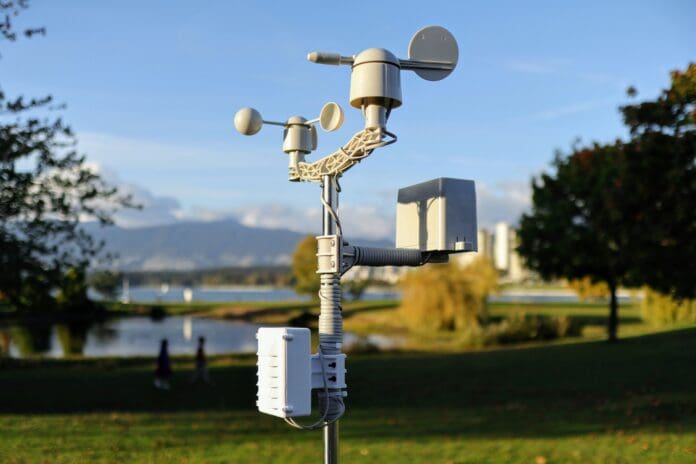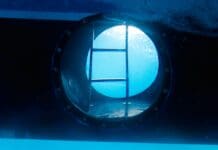This post is also available in:
 עברית (Hebrew)
עברית (Hebrew)
Korean researchers have completed the world’s first real-world verification of a Maritime Internet of Things (MIoT) communication network, which constitutes a major step toward smarter, safer, and more connected seas. The system enables data exchange between sensors and communication devices installed on ships, ports, and marine facilities, allowing continuous monitoring of oceanic and environmental conditions.
Reliable communication at sea remains one of the biggest challenges in maritime operations. Traditional networks quickly lose stability beyond the coastline, leaving vessels and offshore structures cut off from real-time data. The new MIoT network, developed by the Electronics and Telecommunications Research Institute (ETRI), addresses this gap by using a public 450 MHz band dedicated to maritime communication. This enables long-distance, low-power connectivity across open waters, reaching up to 35 kilometers and linking as many as 30 devices simultaneously in field trials.
According to TechXplore, the research team built an independent communication infrastructure consisting of base stations, terminals, and a core network optimized for marine conditions. Tests were carried out along Korea’s West and South coasts, with base stations installed at Odongdo and Maldo lighthouses and terminals placed at nearby ports and buoys. Devices successfully transmitted GPS data, light status, and environmental readings every three minutes, even under harsh maritime conditions.
Unlike land-based Narrowband IoT systems, the maritime version is tailored for low-power, low-cost devices that can operate reliably in remote and shifting marine environments. The technology can be applied to a wide range of uses, including monitoring Aids to Navigation (AtoN), managing aquaculture systems, tracking small vessels, and detecting floating debris, all of which are critical for enhancing maritime safety and operational efficiency.
Beyond civilian uses, MIoT technology might carry implications for national defense and security. By enabling real-time monitoring of maritime zones, ports, and uninhabited islands, the network can help identify unauthorized vessels, support border surveillance, and improve response to emergencies or environmental incidents.
ETRI plans to expand pilot networks to Korea’s East, West, and South Seas by 2026, with full nationwide coverage targeted after 2030. As international standards for maritime IoT evolve, this achievement positions Korea as a leader in the global shift toward digital maritime infrastructure.


























